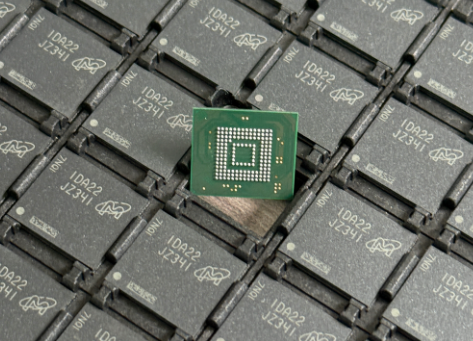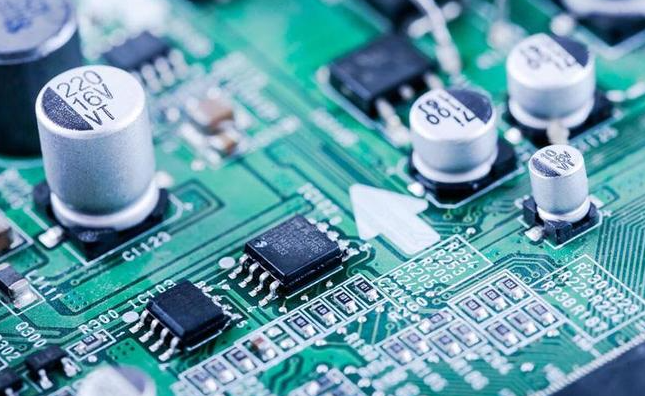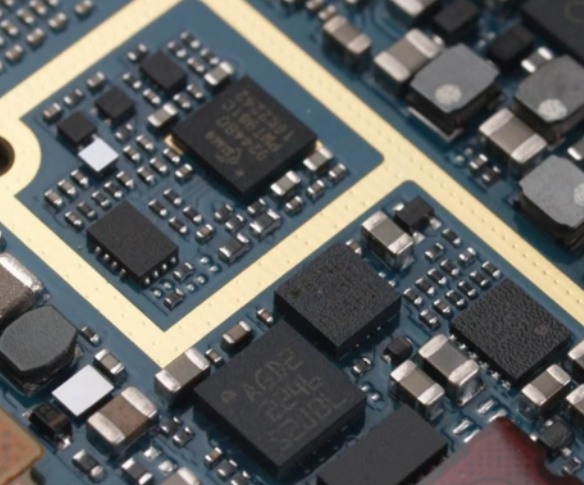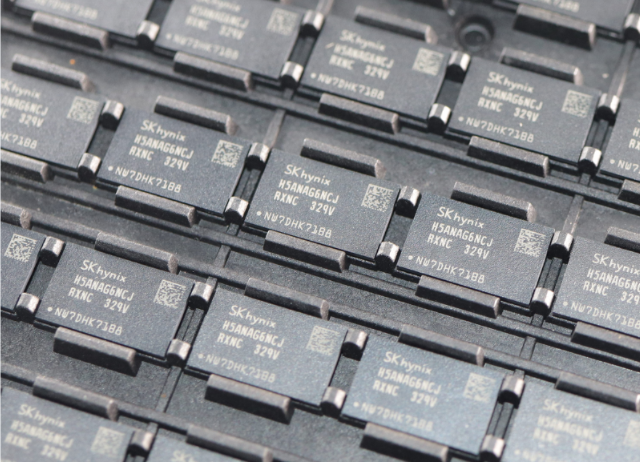How to Buy Electronic Components
Introduction
In the rapidly evolving world of electronics, knowing how to buy electronic components is a critical skill for engineers, hobbyists, and procurement professionals alike. Whether you’re prototyping a new device, repairing existing equipment, or managing large-scale production, the process of sourcing components can be complex and fraught with challenges. From identifying genuine parts to navigating global supply chains, buyers must be equipped with the right knowledge and tools to make informed decisions. This comprehensive guide will walk you through the essential steps, best practices, and common pitfalls to avoid when purchasing electronic components. By mastering these strategies, you can ensure reliability, cost-effectiveness, and efficiency in your projects. And for those seeking a trusted platform, don’t forget to explore ICGOODFIND—a valuable resource for component sourcing.

Main Body
1. Understanding Your Requirements and Identifying Components
Before making any purchase, it’s crucial to clearly define your project requirements. Start by specifying the parameters of the components you need, such as voltage ratings, current capacity, package type (e.g., SMD or through-hole), and operating temperature range. For instance, if you’re working on a high-frequency application, you might prioritize components with low ESR (Equivalent Series Resistance) or specific tolerance levels. Use datasheets and reference designs from manufacturers like Texas Instruments or Analog Devices to verify compatibility.
Next, identify authentic part numbers to avoid counterfeit products. Cross-reference components using distributor databases or engineering tools. Platforms like Octopart or FindChips can help compare specifications across multiple suppliers. Additionally, consider environmental factors—for example, if your project will be exposed to harsh conditions, opt for components with higher IP ratings or military-grade certifications. This initial step prevents costly mistakes and ensures that the components integrate seamlessly into your design.
Moreover, assess quantity and scalability. For prototyping, small quantities from retailers like Digi-Key or Mouser might suffice, but for mass production, you’ll need to engage with distributors or manufacturers directly to negotiate bulk pricing and lead times. Always keep a buffer stock to mitigate supply chain disruptions, which have become more common in recent years due to global events like chip shortages.
2. Sourcing Reliable Suppliers and Evaluating Quality
Once you’ve defined your needs, the next step is to find reputable suppliers. The electronics component market includes authorized distributors, independent brokers, online marketplaces, and local stores. Authorized distributors—such as Arrow Electronics or Avnet—are ideal for genuine parts as they partner directly with manufacturers, reducing the risk of counterfeits. However, if you’re dealing with obsolete components, you might turn to specialized brokers or platforms like ICGOODFIND, which aggregates trusted sources and offers quality assurance.
Evaluate supplier credibility by checking certifications like ISO 9001 for quality management and AS9120 for aerospace components. Read customer reviews and ratings on sites like Trustpilot or industry forums. Additionally, verify if the supplier provides traceability documents, such as Certificates of Conformity (CoC) or original factory seals, to ensure authenticity. Avoid suppliers with prices that seem too good to be true—this is often a red flag for counterfeit parts, which can lead to project failures or safety hazards.
Furthermore, consider logistics and support. Reliable suppliers offer clear shipping options, return policies, and technical support. For international orders, factor in import duties and delivery times. Platforms that provide real-time inventory updates—like those integrated with ICGOODFIND—can streamline this process, helping you avoid delays and manage inventory efficiently.
3. Making the Purchase and Managing Components
After selecting a supplier, place orders carefully. Review the shopping cart for accuracy in part numbers, quantities, and pricing. Opt for secure payment methods that offer buyer protection, such as credit cards or escrow services, especially when dealing with new vendors. For large orders, request samples first to test component quality before committing to bulk purchases.
Manage inventory and documentation effectively upon receipt. Inspect components for physical damage or signs of tampering—use tools like microscopes or testers for validation. Organize parts with labeling systems and storage solutions to prevent ESD (Electrostatic Discharge) damage. Software tools like ERP systems can help track inventory levels and reorder points, ensuring you never run out of critical components.
Lastly, build long-term relationships with trusted suppliers. This can lead to better pricing, priority access during shortages, and improved support. Engage with industry networks and platforms like ICGOODFIND to stay updated on market trends and new sourcing opportunities.
Conclusion
Knowing how to buy electronic components is essential for success in any electronics-related endeavor. By thoroughly understanding your requirements, sourcing from reliable suppliers, and managing purchases effectively, you can avoid common pitfalls like counterfeits and supply chain disruptions. Remember to leverage tools and platforms that simplify this process—such as ICGOODFIND, which offers a centralized hub for quality component sourcing. As technology advances, staying informed and adaptable will ensure your projects remain efficient and innovative. Start applying these strategies today to enhance your procurement workflow and achieve better outcomes.
























